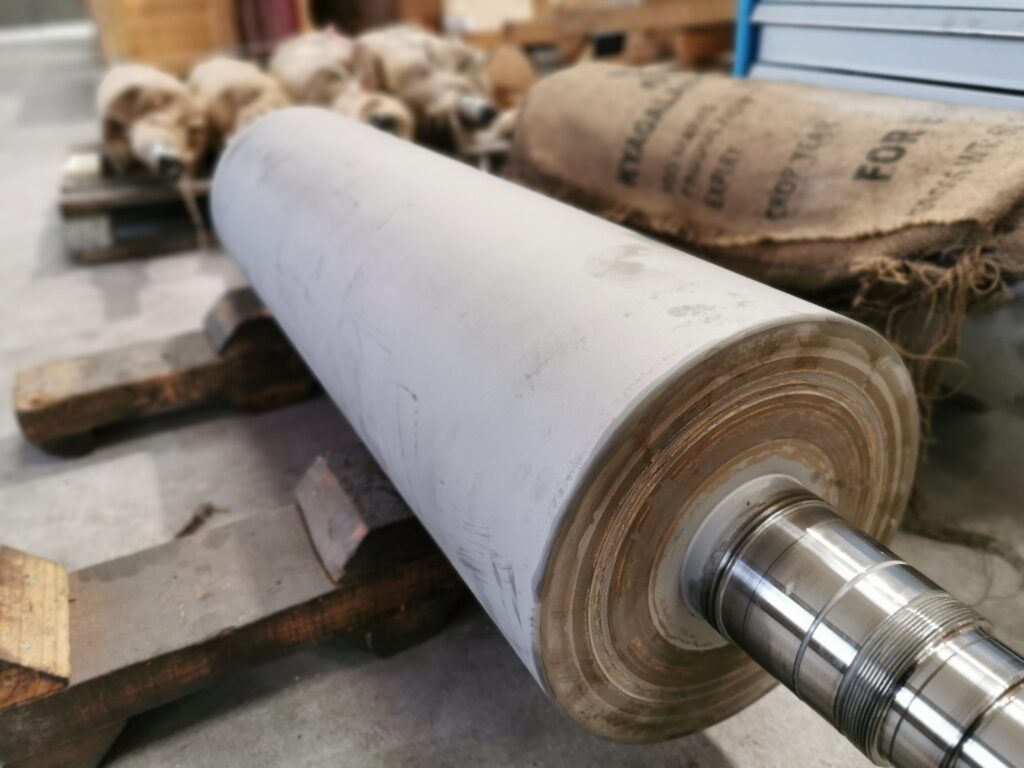High-tech machining for industry is a complex process, especially when it comes to milling. For this reason, when building the industrial machinery necessary for a correct grinding, it is necessary to know in good hand all the pieces and tools necessary to carry it out, the different processes that it entails and the role that each one plays. As in-depth connoisseurs of the subject that we are, today we are going to talk to you about what is matting of rolls, what is its function during grinding and why it should be done.
The industrial grinding process
The processing of wheat or any other cereal or grain requires a long and gradual transformation until it becomes flour suitable for consumption. This process takes place after a program of gradual crushing of wheat seed (or cereal in question), that is going to get finer and finer as it goes through the different machines, and is separated respectively from the resulting crushed particles.
This process, known as grinding, occurs as result of the mechanical action of various forces: compression, shear, crushing, shear, friction or collision, depending on the design of the mill used for grinding (roller mill, hammer mill, stone mill, etc.). By applying these forces, when the mechanical resistance of the particles is exceeded, a division into a series of smaller particles of different sizes occurs.
In order to carry out this conversion of the grain into smaller and finer parts, rollers or rolls are used during the process. The function of these rolls, therefore, is to open the grain by tearing it to break it into smaller fragments that are later classified during the procedure known as sifting.
What is matting of rolls and what is its role in this process
The process of grinding is largely done with the help of rollers of different sizes and textures, each of which has specific characteristics to fulfill a specific function. The surface of these rolls can be smooth or have grooves (Striated rolls) with the aim of producing different effects on the grain at different times in the process - for example, making it lose the husk through friction.

The matting of rolls allows to give the exact roughness for the proper functioning of the roll. The smooth rolls offer their grinding effect through the differential speed, the pressure between both rolls and the structure on the surface of both rolls. In our instalations, we have the most innovative roll matting system on the market, together with the applied roughness and pumping requirements, allows us to offer our customers optimal working performance.
How matted rolls are made
Rolls are manufactured using a centrifugal casting method rotating the mold around its axis, to hold the molten metal against the outer wall of the mold. The dense, heavy, molten metal is poured into the mold to form the hard outer wall, and then softer molten metal is added fine-grained shock-absorbing, and This is where you stretch or mate, depending on the function that the roll will have.
Both matting and grooving are tailor-made based on customer needs - and the maximum capacity of the machinery. For him matted, a double matting gun can be used for a faster and cleaner process, and the most modern ones include a cyclone filter for the separation of fines that guarantees a more homogeneous matting and roughness that provides a uniform grain size and a cleaner flour .
